The sparkle of jewelry has always been timeless — but the way people discover it has changed forever. In 2025, the jewelry industry is witnessing a digital transformation where clicks have become as valuable as carats. From social media storytelling to AI-driven personalization, digital marketing has reshaped how jewelry brands connect, engage, and convert admirers into loyal buyers.
From Showrooms to Screens
Traditionally, jewelry buying was all about in-person experience — the gleam under perfect lighting, the feel of weight, and the personal touch of trust. But the modern consumer begins that journey online. Today’s buyer researches brands, compares prices, reads reviews, and visualizes products long before stepping into a store.
For brands, this means the digital storefront is now the first impression. High-quality visuals, interactive websites, and seamless user experiences are no longer optional — they are essential. The digital space has become the new jewelry counter, and your marketing strategy must shine brighter than ever.
Social Media: The New Gold Mine
Platforms like Instagram, Pinterest, and TikTok have become powerful jewelry showcases. Visual storytelling — showing how a bangle glitters in motion or how a ring catches natural light — can reach millions in seconds. Influencer collaborations, real-time livestreams, and user-generated content have given jewelry marketing a personal, relatable face.
Smart brands are also leveraging Reels, short videos, and AR try-ons to let customers “experience” jewelry virtually. The result? Higher engagement, deeper trust, and faster conversions.
Data-Driven Personalization
Digital marketing in 2025 is not just creative — it’s intelligent. AI and analytics tools now help brands understand customer preferences with precision. From personalized recommendations to retargeting ads, every click offers insight into what customers desire.
When used thoughtfully, this data helps brands deliver tailor-made experiences — showing the right jewelry to the right audience at the right time. It’s no longer about selling a product; it’s about curating an emotional journey.
Building Trust in the Digital Era
Jewelry is a high-value, trust-driven purchase. That’s why transparency in the digital space is more crucial than ever. Brands that communicate clearly about purity, certification, and craftsmanship build stronger customer confidence.
Honest reviews, authentic visuals, and behind-the-scenes glimpses of production processes add credibility. In digital marketing, trust becomes your most powerful selling tool — more than even the most stunning design.
The Future: Digital Luxury with a Human Touch
The digital revolution has not replaced human connection — it has enhanced it. Personalized messages, interactive shopping assistants, and online consultations ensure that even in a virtual space, the customer feels valued and understood.
As Niraj Choksi often notes, “The brilliance of a jewelry brand today lies not just in its gold, but in its digital glow.”
Conclusion: Every Click Counts
In 2025, jewelry marketing is no longer confined to showcases or exhibitions — it thrives in stories, screens, and scrolls. Every click represents curiosity, trust, and a step toward purchase.
The brands that master digital storytelling, personalization, and transparency will transform those clicks into carats — building not just sales, but lasting relationships rooted in emotion and innovation.



